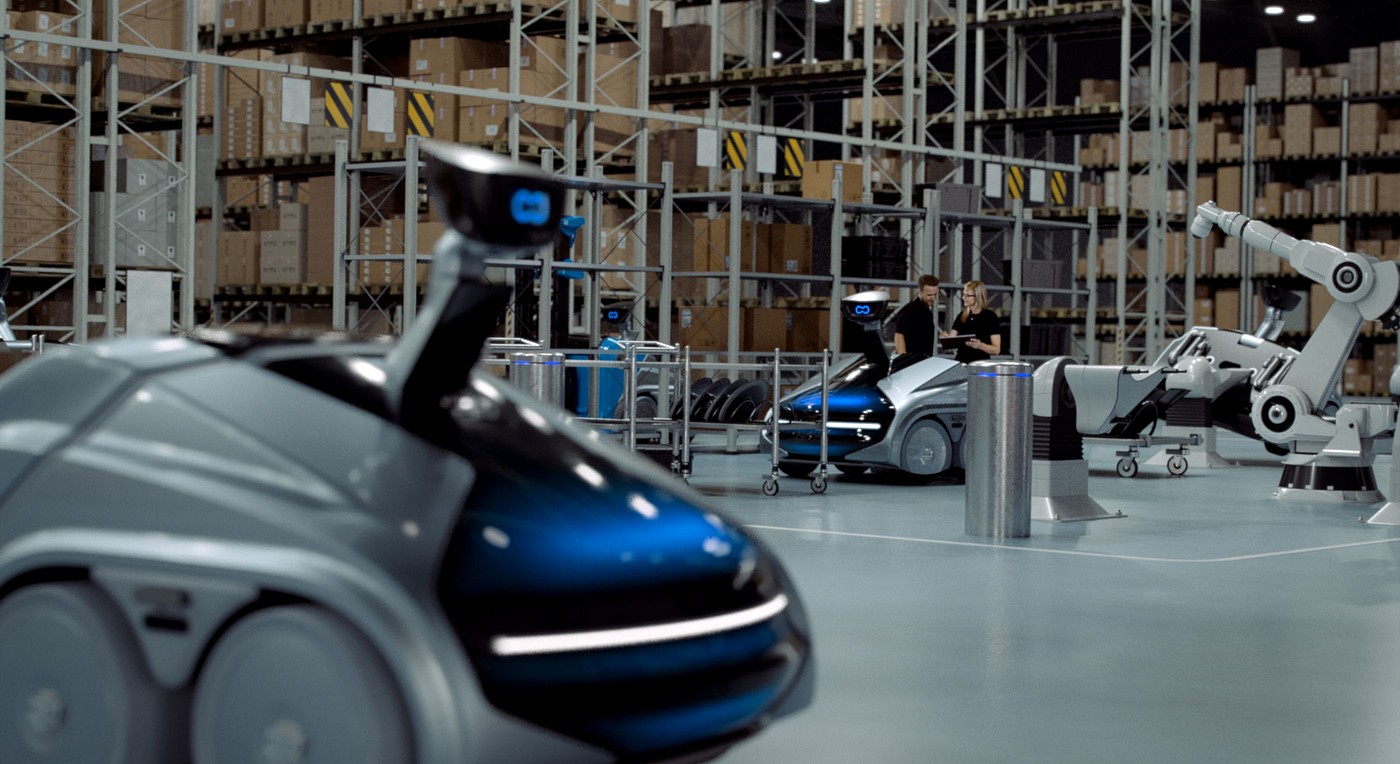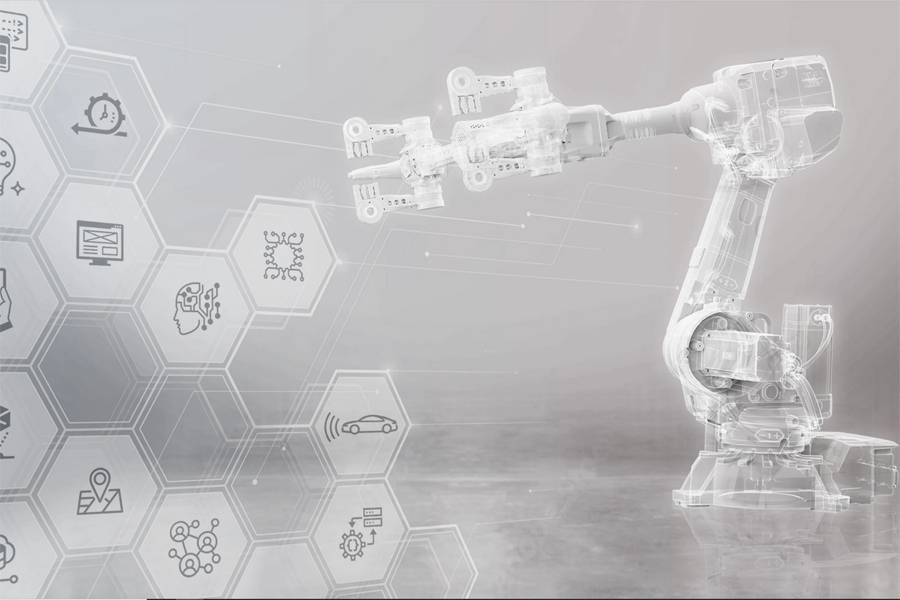
Smart factory, digital twin, Industry 4.0, digital factory Frameworks, concepts, methods: we treat none of these elements as an end in itself, but use them for the sole purpose of increasing the efficiency of your production system. This also includes the implementation of Industry 4.0 goals in actual series production. At present, this catch phrase is generally only used in connection with pilot plants and projects. In our opinion, it has not yet proved possible to actually transfer these into series production across the board. The reason for this is that processes are often not considered in their entirety and implemented accordingly.
At EDAG, we see enormous potential in the digitalisation and networking of production systems. In horizontal and vertical networking, from ERP and MES to the machines at the plant level, a wide range of data can be collected, analysed and interpreted. These findings should be used to initiate process-optimised measures that will make production and business processes more efficient.
Along the road to digitalisation and networking, we offer support with
Using selected customer-specific software and hardware products, intelligent sensor technology, the evaluation and analysis for the use of AI algorithms and storage on high-performance computer systems/cloud solutions, we create your Internet of Things (IoT): the systematic networking of arbitrary physical objects (things), with virtual representatives in interaction with the human participant.
As a virtual model of a process, plant, product or service, for instance, the digital twin links the real and virtual worlds. This link between the two worlds makes it possible to analyse data and monitor systems.
The digital twin accompanies your production system from the initial idea through to the final closure of the factory. During the engineering phase, the digital twin is created parallel to the production system, primarily supported by the digital factory methods and processes. During the operating phase, the digital twin works parallel to the production system, vertically and horizontally networked, and based on industry 4.0 tools and methods. Three individual focuses can be derived for the work with the digital twin:
The digital twin orchestrates the fields of digital planning, design, simulation, automation and control technology.
Depending on the focus and factory level (single workstation, facility, or even worldwide production network), the digital twin is represented by different tools (IT systems), data/information and processes; always adapted to the task being undertaken, and with fully integrated, consistent data management.
On the one hand, we create digital twins for manufacturers of machine tools with the aim of making development more efficient, and training and sales more effective. With our support (consulting and software), customers acquire the ability to generate digital twins themselves in the future. On the other hand, our engineers offer you their expertise as a service for the virtual commissioning (a form of digital twin) of complete production lines with over 100 industrial robots.

Im Couchtalk geben wir Inspiration, Herangehensweise und Lösungen zur Einführung des Digitalen Zwillings in der Produktion. Informationen zu Softwareprodukten runden das Gespräch ab.
Since the 1990s, we have been working intensively on the development of digital factory processes and methods, and applying them in service projects; always at the cutting edge of research and technology.
Automation is the art of manufacturing your high-quality and low cost products with a minimum of manual intervention. To achieve this, all disciplines must be perfectly coordinated. We achieve this high level of automation by using state-of-the-art, innovative tools, and applying our decades of experience.
The control technology is the nerve centre, the neural centre of the digital twin: this can be via the horizontal networking of the machines and components with each other via SCADA (Supervisory Control and Data Acquisition), MES (Manufacturing Execution System) or via the vertical connection to ERP (Enterprise Resource Planning). Our close interdisciplinary cooperation with the robotics and automation technology departments enables us to bridge the gap between IT and OT (Operational Technology) here. The IO/OT convergence results in further potential for optimisation.
In every industrial revolution (1 to 4), man has played a role both during and most particularly after the revolution. For us, a digitalised world without human beings is inconceivable. Accordingly, our activities are aimed at using digital processes and methods to provide your employees with the best possible support in their work, with the intention of making their daily work more and more efficient.

Dirk Keller
Geschäftsführer EDAG Production Solutions GmbH & Co. KG